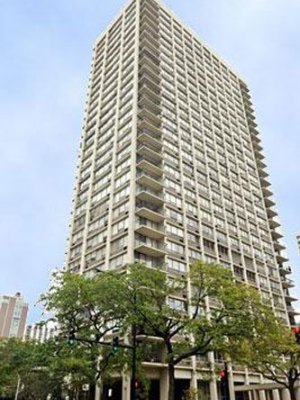A Guide to Selecting the Right Low Slope Roofing Materials
Roof systems generally fall under two distinct categories —low slope and steep slope. Low slope roofs—sometimes referred to as flat—range from 0 inches per foot up to 4 inches in a foot of run. Low slope roof systems must provide the following:
- Weatherproofing
- Sturdiness
- Reinforcement
- Surface
Weatherproofing is especially critical in low slope assemblies because they drain water much slower than steep slopes. This means that low slope roofs don’t require mechanical drainage solutions like asphalt shingles or slate.
Low slope and steep slope systems require different material types and components to function successfully. As such, many roofing material suppliers arrange their materials into low slope and steep slope categories. This guide will help readers select an appropriate solution for their low slope roofing project.
Low Slope Roofing Material Selection
When it comes to choosing the appropriate material for a low slope roofing project, you’ll want to consider the following:
- Warranty. Each manufacturer of low slope roofing products will have their own unique warranty offering. Many of these specify that the low slope roof is kept to a minimum of 0.125”/foot or 0.5”/foot slope for the warranty to remain valid.
- Slope. Almost all roofing materials specify a slope range for which they are best suited. It’s essential to work with a manufacturer that understands roofing material and system nuances.
- Membrane. Choosing membrane materials is essential for low slope roofs. Since water drains slower, the selected materials must be able to tolerate exposure to pooled water.
- Temperatures. Freezing and thawing of pooled water will always be a primary concern for low slope roofs in colder environments, as this can damage almost any roofing structure. Not only can pooled water increase the deflection in roof framing due to weight, but it can contribute to the growth of moss, algae, or other harmful organisms that will decrease the lifespan of the roofing system.
Most low slope roofing systems on the market utilize three main material options:
- Built-up roof (BUR) membranes
- Modified Bitumen
- Single-ply membrane
Low Slope Roof Material Offerings from Knickerbocker

This recent project demonstrates Knickerbocker’s low slope roofing system capabilities. We were asked to manage a commercial roofing project that included the removal of an old low slope roof and the installation of a new roofing system.
Knickerbocker has been in the roofing business for more than 130 years and we’ve worked on every type of roof imaginable. On that note, this project was of particular interest to us because we were responsible for installing the roof that was currently on the building—all the way back in 1948, and then again in the early 1980s Roofing technology has evolved significantly in recent decades, and this particular roof needed to be upgraded with a more advanced solution.
Here are the steps that we took to remove and upgrade this commercial low slope roofing system.
- We removed the roof that we had previously built by disassembling the roof and hoisting the debris down a freight elevator at night (to reduce customer impact).
- During the day, we installed the new roofing system using our multi-ply modified bitumen system—which features additional waterproofing capabilities along with dimensional stability and puncture-proofing.
- We also used Dow insulation and Wausau roof pavers during the process for both function and aesthetics. Insulation helps the building manage interior temperatures and saves the customer money on energy costs.
- Due to the age of the roof’s drainage system, we retrofitted the entire drainage system using newer materials.
During this project, we used:
- Multi-ply Modified Bitumen
- Dow insulation
- Wausau roof pavers
This is one of many low slope commercial roofing projects that we’ve completed over the years. We take a customized approach to each project, ensuring that we use construction methods and materials that will provide the longest lasting solution for the particular building design.
Low Slope Roofing from Knickerbocker Roofing
Constructing an effective, long-term low slope roofing system requires a keen eye for detail and an understanding of roofing material options and how they will be impacted by the building design and environmental factors. Some materials are ideal for certain situations, while others may hinder the project or introduce unnecessary risk factors. Choosing Knickerbocker for your roofing project ensures the use of the most appropriate materials and methods for the job.
Are you searching for high-quality low slope roofing materials installed by skilled tradespeople? At Knickerbocker, we have more than 130 years of experience under our belt and our products feature warranties ranging from 5-30 years.
We’d love to help with your roofing project. Please contact us with questions or request a quote for your next project.
